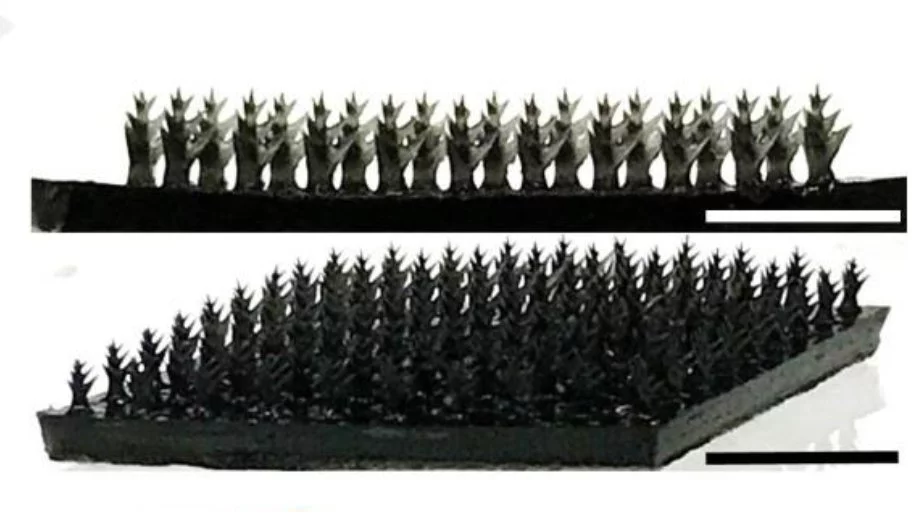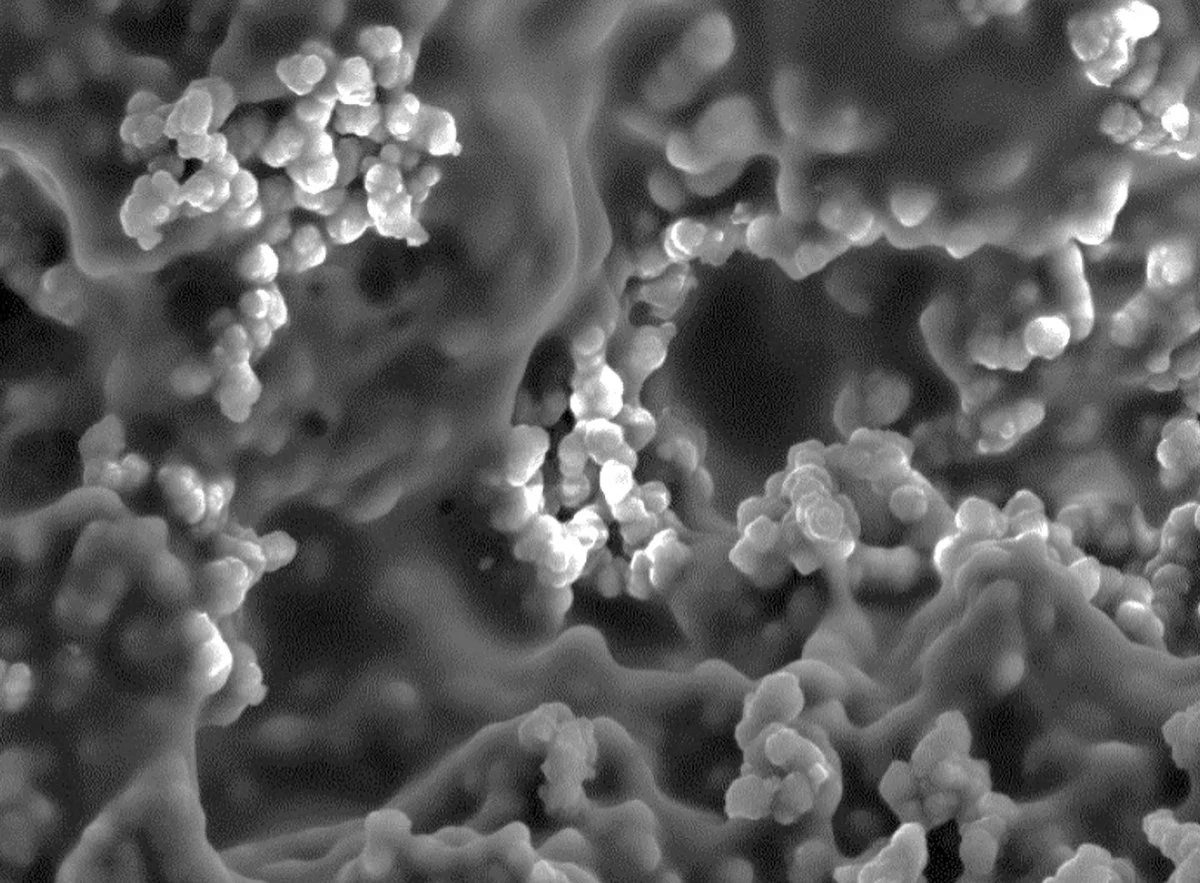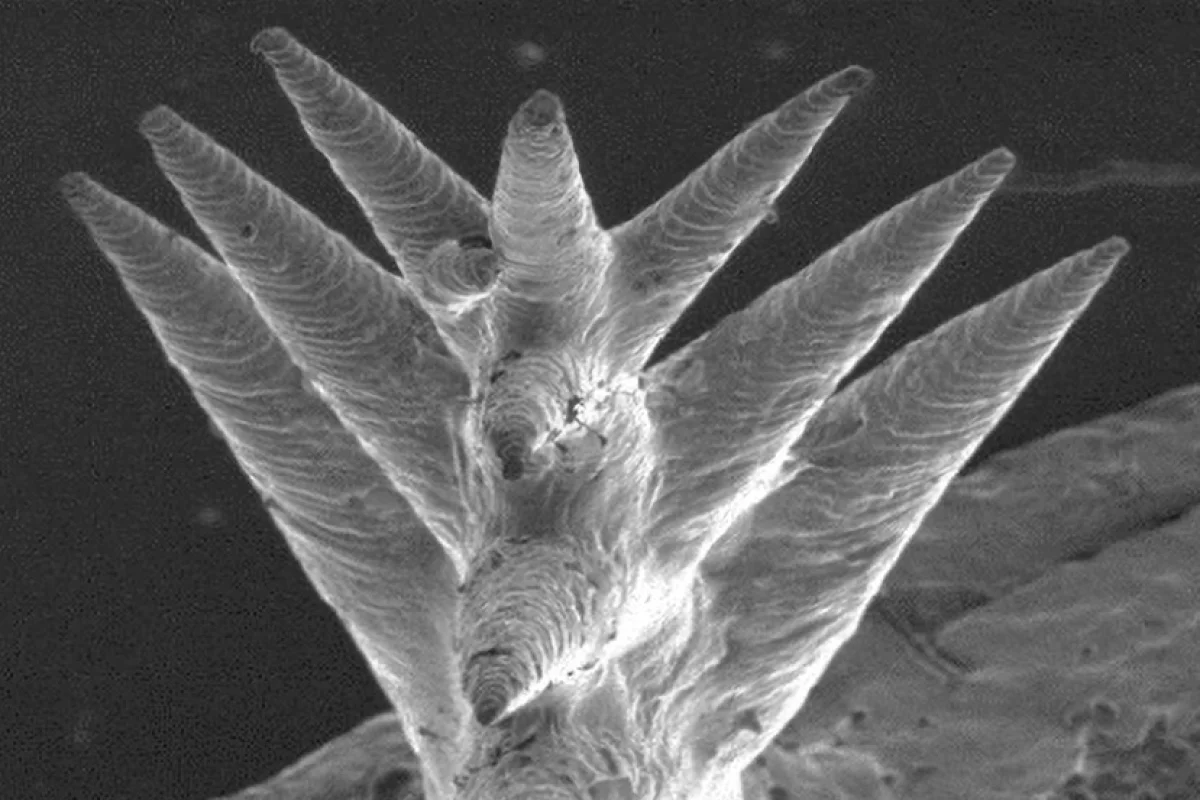Water scarcity is one of humanity’s most pressing problems. Now engineers at Caltech have developed a new system that can tap into two different sources to produce fresh drinking water, by purifying dirty water during the day and collecting droplets from fog overnight.
It’s a frustrating fact that there’s so much water on Earth, and yet only a tiny fraction of it is drinkable. It’s floating in the air all around us where we can’t access it, and sitting in vast oceans that are too salty or contaminated to drink.
That's why scientists are investigating ways to tap into both of these water sources. There are a range of devices in development that wring it out of the air using porous materials that trap water molecules. Meanwhile, other systems use solar power to evaporate dirty water, then capture the steam and recondense it into a reservoir.

But now, the Caltech team has combined both of these functions into one device. The key is a new hydrogel membrane with a very specific nanoscale pattern etched into it. The surface contains an array of tiny structures modeled after the spines of cacti, made of a hydrophilic material that attracts water.
"Cacti are uniquely adapted to survive dry climates," says Ye Shi, co-author of the study. "In our case, these spines, which we call 'micro-trees,' attract microscopic droplets of water that are suspended in the air, allowing them to slide down the base of the spine and coalesce with other droplets into relatively heavy drops that eventually converge into a reservoir of water that can be utilized.”
When a membrane of this hydrogel is placed in a box, it can get to work harvesting drinking water. During the day, it absorbs heat from sunlight, which heats up dirty water underneath the membrane. The steam then collects on a transparent cover and runs into a reservoir. At night, this cover can be removed to expose the membrane to fog from outside.

The team tested the system using samples of the material ranging between 55 and 125 cm2 (8.5 and 19.4 in2). They found that during the day the material could collect about 125 ml (4.2 oz) of water from solar steam, and about 35 ml (1.2 oz) from fog overnight. That doesn’t sound like much, but the researchers reckon the eventual daily yield could be up to 34 L (9 gallons) per m2 (10.8 ft2) of the material.
The research was published in the journal Nature Communications.
Source: Caltech




